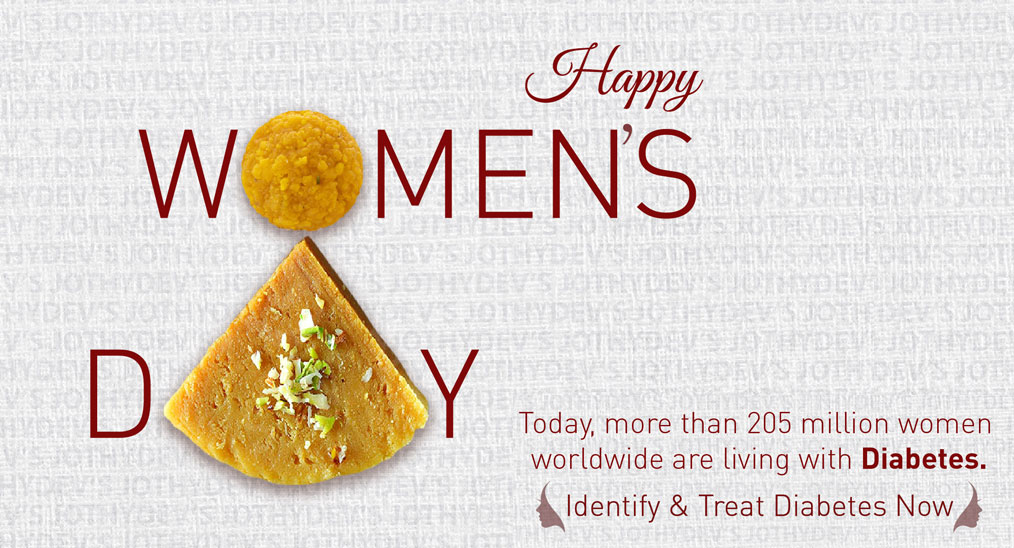2. Spontaneous abortion increases gestational diabetes risk in future pregnancies

A recent article published in ‘Jama Network Open’ suggests that a history of spontaneous abortion (SAB) or induced abortion is associated with an increased risk of gestational diabetes (GD) in subsequent pregnancies.
This retrospective cohort study was conducted at a tertiary care hospital in China. Participants were pregnant women who registered in the outpatient clinics of the department of obstetrics and visited the clinic regularly from January 2014 to December 2019 and those who had complete medical records during pregnancy and underwent a standard oral glucose tolerance test (OGTT) at 24 to 28 gestational weeks were included (109263 women). Women with multiple pregnancies (2459 women), a history of GD in previous pregnancies, and a history of chronic diseases (hypertension, diabetes, kidney disease, and thyroid dysfunction) before this pregnancy were further excluded (4545 women).
Among the 10259 included pregnant women (mean [SD] age, 29.8 [3.8] years), 14579 (14.3%) experienced only SAB, 17935 (17.5%) experienced only induced abortion, and 4017 (3.9%) experienced both SAB and induced abortion. The OGTT analysis identified 12153 GD cases among 102259 women, for a GD prevalence of 11.9% in this cohort. The corresponding prevalence of GD was 10.7% (7018 of 65728 women) in the no abortion history group, 15.7% (2282 of 14579 women) in the SAB only group, 12.3% (2213 of 17935 women) in the induced abortion only group, and 15.9% (640 of 4017 women) in the both SAB and induced abortion group.
In both crude and adjusted models, a history of abortion was associated with an increased risk of GD in subsequent pregnancies. The associations differed according to the type of abortion. Compared with pregnant women with no abortion history, the risk of GD increased by 25% (RR, 1.25; 95% CI, 1.18-1.31) for pregnant women who experienced only SAB and by 15% (RR, 1.15; 95% CI, 1.05-1.27) for pregnant women who experienced both SAB and induced abortion. However, no associations were found for induced abortion.
The authors opined that this is one of the largest studies to explore such associations in humans. Further research is needed to clarify this association and explore the potential biological mechanisms underlying the association.
For enquiries info@jothydev.net.
Please visit: jothydev.net | research.jothydev.com | diabscreenkerala.net | jothydev.com/newsletter




